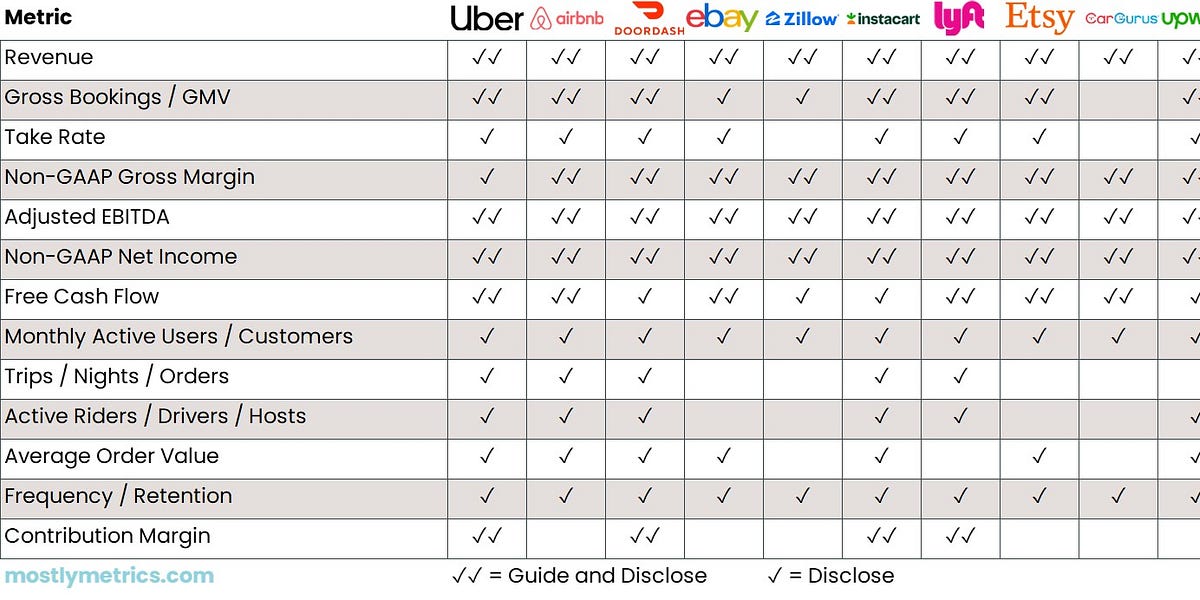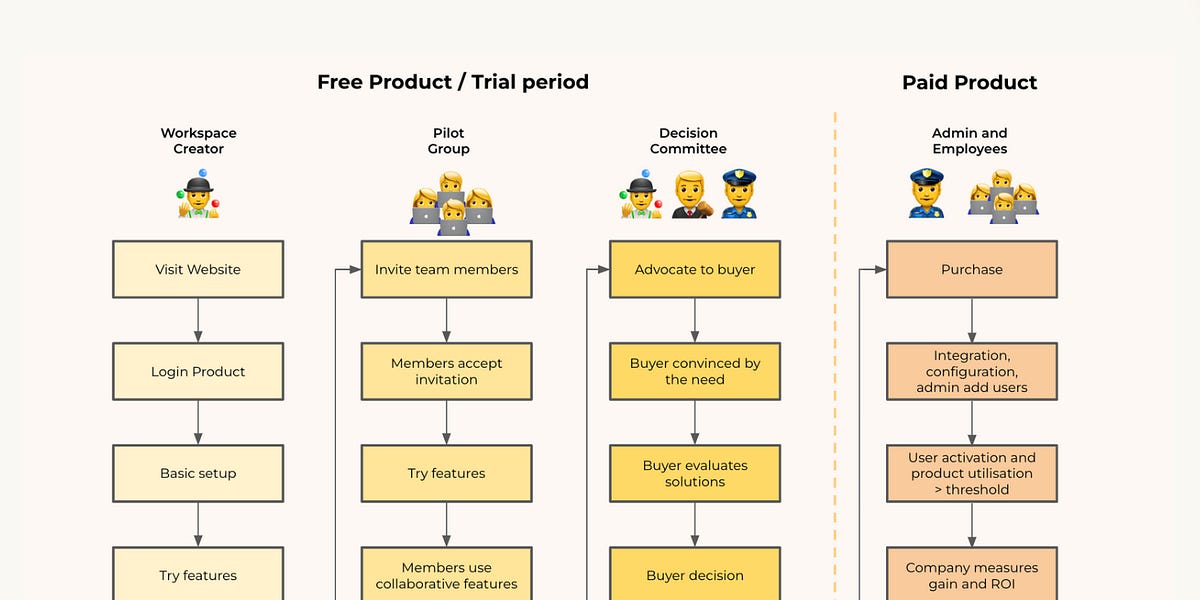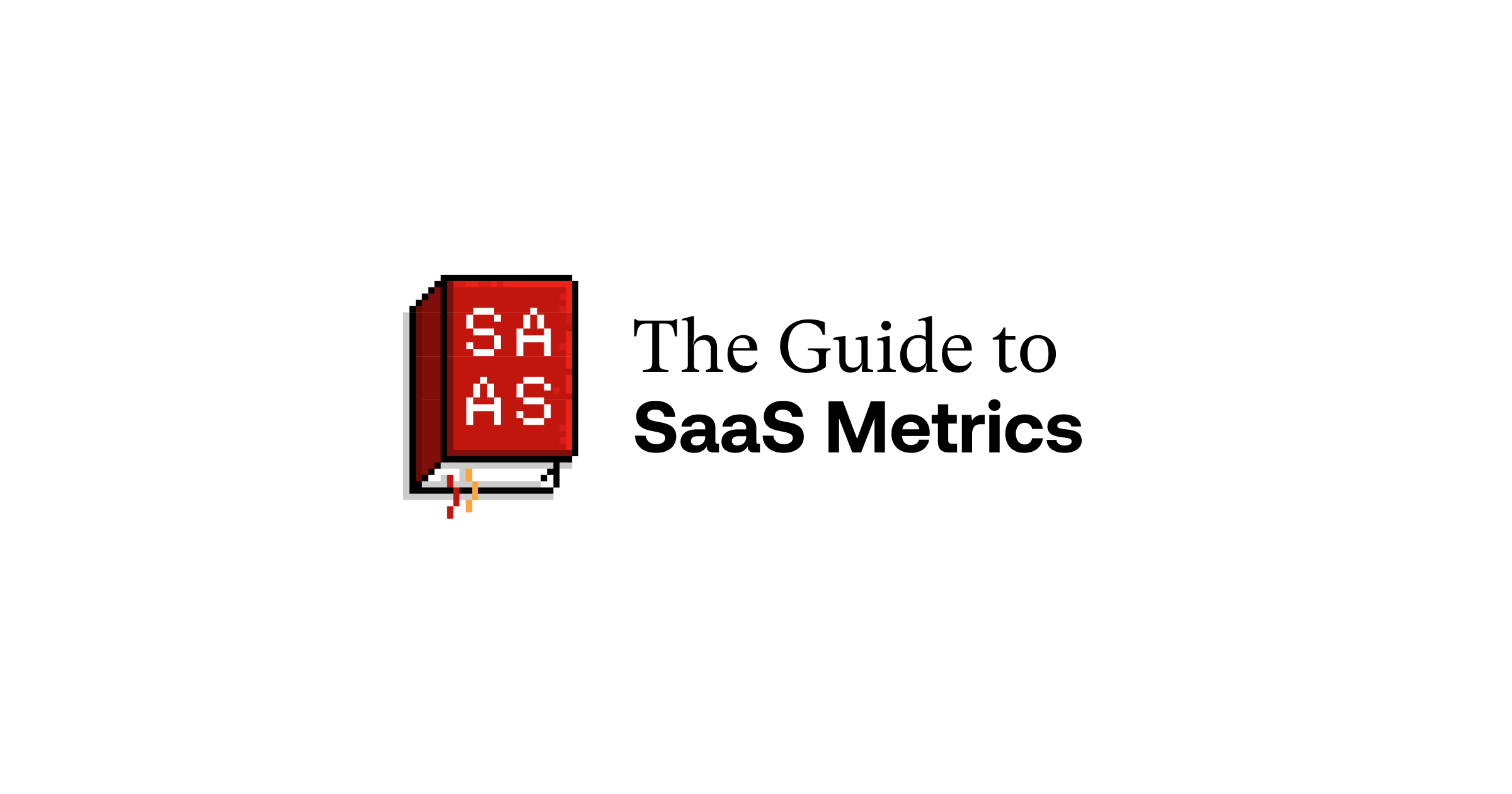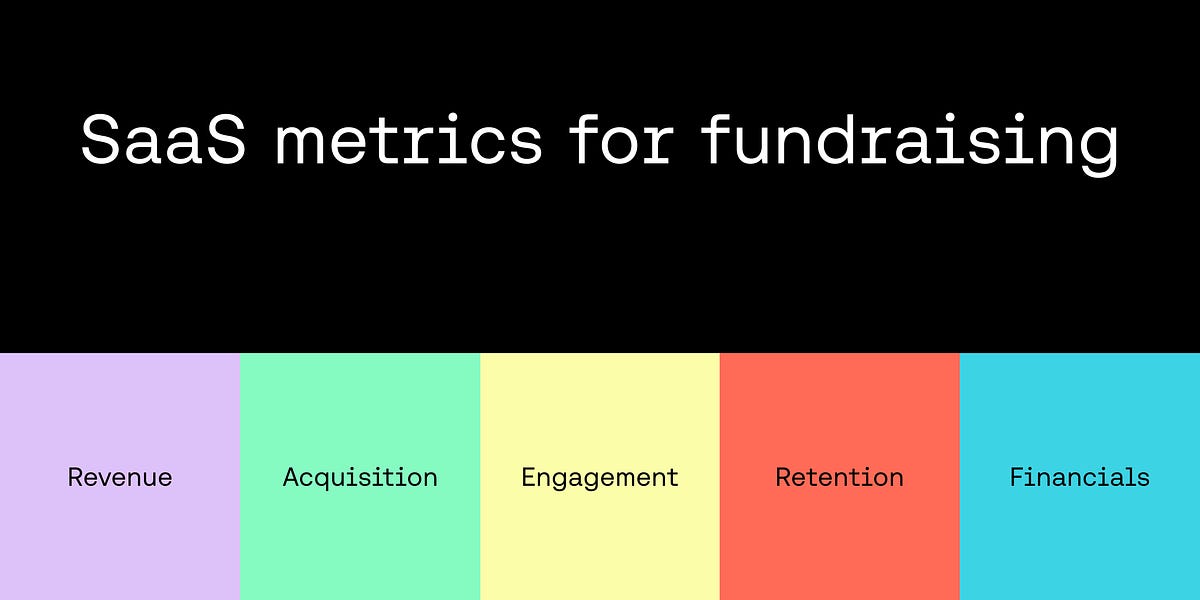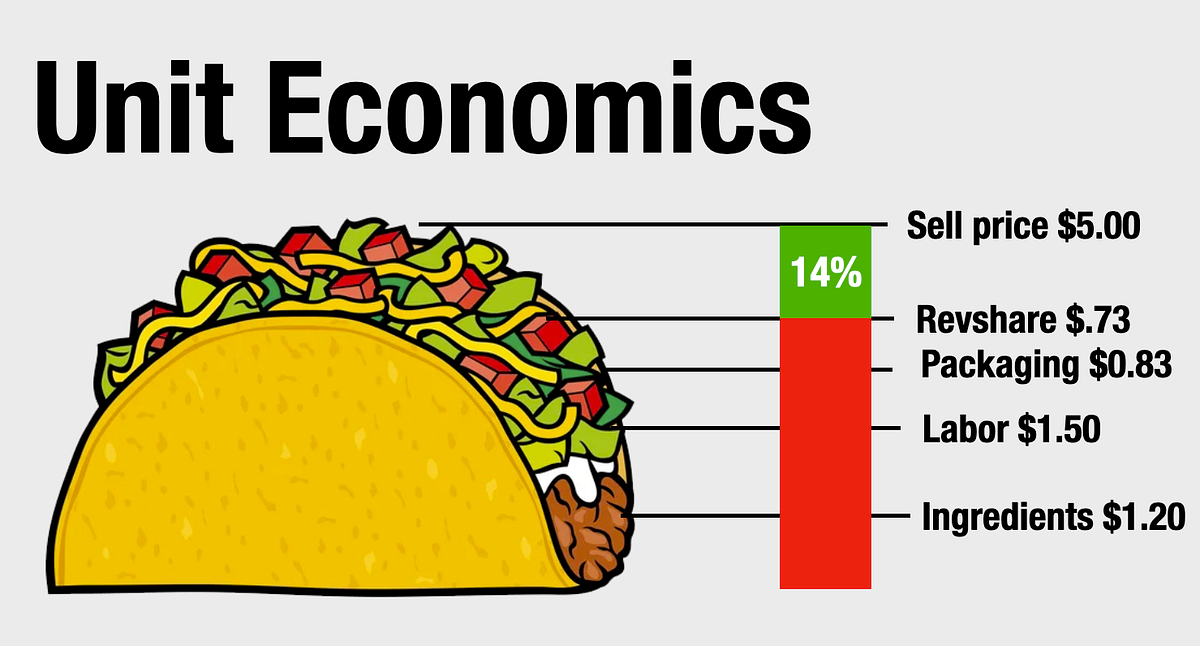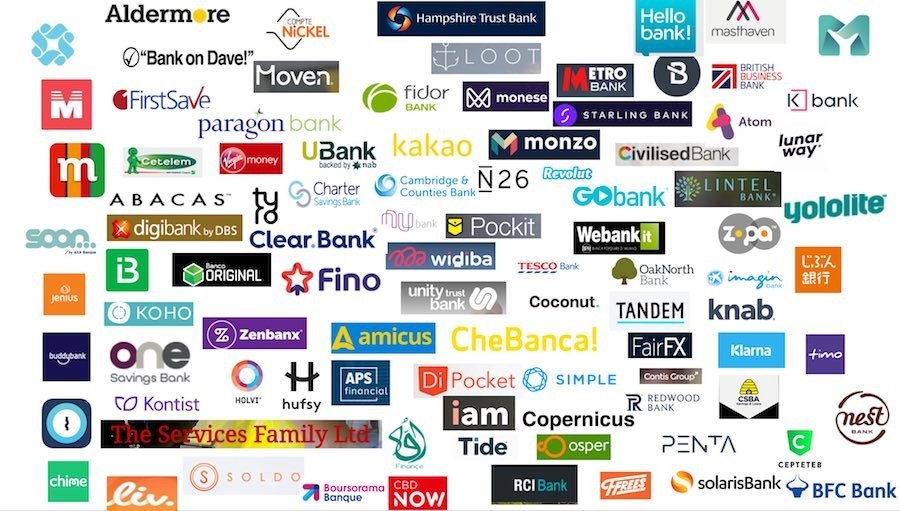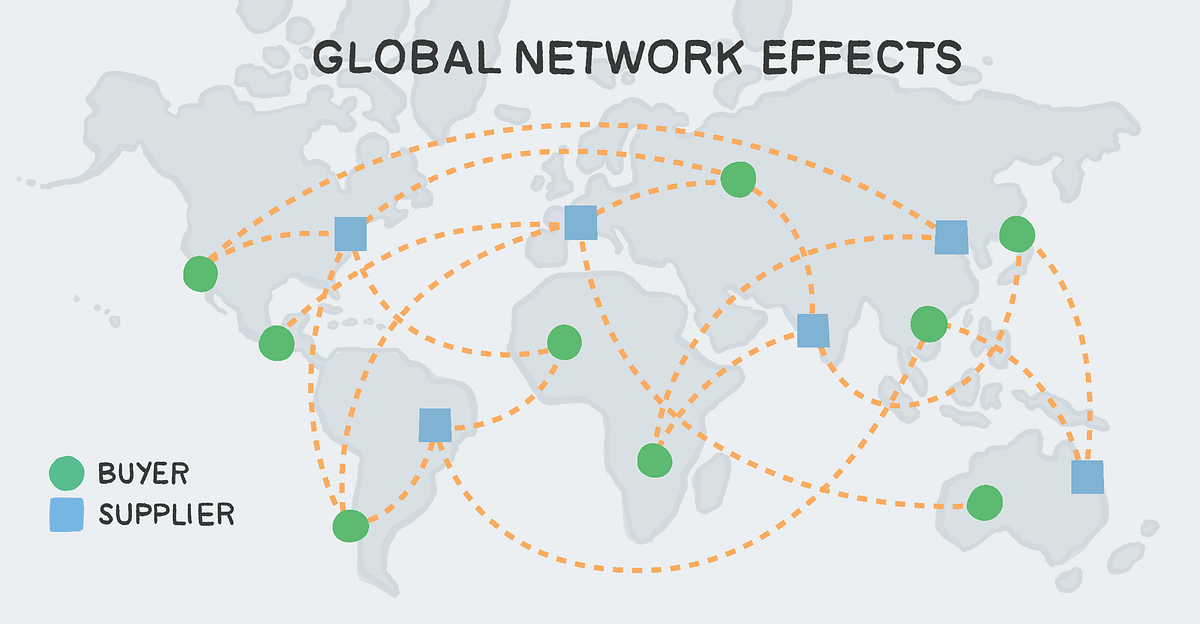This article discusses key unit economics and efficiency metrics for SaaS businesses, including CAC payback, LTV:CAC ratio, contribution margin, and the rule-of-40. It explains how to calculate and analyze these metrics to understand the underlying profitability drivers and unit-level economics of the business.
unit-economics
20 resources tagged with unit-economics
Methodologies for calculating and understanding the lifetime value of customers, including retention curves, discount rates, cohort LTV, and using LTV to evaluate the efficiency of customer acquisition.
Analyzing the gross-margin contribution of a customer over their expected lifetime, including retention curves, discount rates, cohort LTV, and probabilistic vs. deterministic models. Understanding how to leverage LTV to optimize customer acquisition and inform revenue forecasting.
Covers key revenue metrics for marketplace businesses, including gross vs. net revenue, recurring vs. non-recurring, bookings vs. billings, and other accounting-aligned measures. Explores cohort analysis, revenue waterfalls, and drivers of expansion and churn.
A deep dive on how Airbnb measures and uses listing lifetime value to identify the most valuable accommodation listings for their guests. The article covers the framework and methodology Airbnb uses to calculate LTV, including retention curves, discount rates, and segment-level LTV comparisons.
This article presents a framework for understanding and visualizing unit economics (UE) for a variety of businesses. It covers key concepts around contribution margin, fixed-cost leverage, break-even volume, and scaling effects to help analysts and founders assess the profitability and scalability of their business models.
Techniques for measuring and forecasting the lifetime value of customers, including retention curves, discount rates, cohort LTV, and probabilistic vs. deterministic LTV models. Linking LTV to other key metrics like CAC and LTV:CAC ratio to assess the efficiency of the business model.
Understand key SaaS metrics that influence profitability, such as recurring revenue, churn, and the 'triangle of despair' - the balance between customer acquisition, retention, and revenue growth.
This article provides an in-depth overview of the key SaaS metrics that founders need to understand when preparing for fundraising. It covers critical areas like revenue recognition, unit economics, customer lifetime value, and growth metrics - all essential for showcasing the health and potential of a SaaS business to investors.
Understanding unit economics is essential for analytics professionals in SaaS and product-driven businesses. This post emphasizes how focusing on granular, per-customer profitability metrics can outlast vanity growth metrics, providing a more sustainable view of business performance. By mastering techniques to analyze customer acquisition costs, lifetime value, and other unit-level metrics, analysts can uncover crucial insights to inform strategic decision-making and drive long-term success.
Ha Nguyen shares a candid story from her time at a fast-growing fashion startup, where strong revenue masked poor unit economics. She reveals how excitement about top-line growth distracted from the reality that each customer lost money. The essay warns founders not to confuse growth with viability.
This beginner-friendly article breaks down unit economics into intuitive concepts, using simple business examples from taco stands to SaaS. Bret Waters explains how cost per unit, contribution margin, and scale determine financial sustainability. Ideal for those new to business metrics.
Drawing on her experience in fast-growing startups, Prerna Goel warns against deferring questions about profitability. She stresses that understanding cost structure and margins early on is essential for scaling responsibly. A reflective guide for founders in high-growth environments.
From an analyst's perspective, Timo Dechau critiques the over-reliance on vanity growth metrics. He shows how dashboards rarely incorporate core cost insights or contribution margins, and how this disconnect skews decision-making. A wake-up call for teams building analytics around business KPIs.
Rick Zullo and Chelsea Zhang analyze why early DTC brands struggled to scale profitably. They discuss issues like inflated CAC, ad tracking limits, and high return rates—and how these led to omnichannel pivots. A detailed breakdown for operators and investors focused on margin-driven growth.
William Morales examines the broken economics behind neobanks: high CAC, minimal revenue per user, and long payback periods. He uses napkin math to show why subscriptions or lending products are essential to survival. A hard-hitting read for fintech operators and analysts.
Former Airbnb PM Jonathan Golden outlines a clear framework to evaluate marketplace viability. By mapping products by transaction size and frequency, he shows how to predict and improve unit economics through incentives and pricing. Excellent reference for marketplace builders.
This essay breaks down how predictable revenue models—especially SaaS—drive higher valuation multiples. Gurley introduces a revenue quality scorecard, making a strong case for why investors love subscriptions over transactional income. Essential for founders preparing for fundraising or long-term scaling.
This post by A16Z outlines the most important KPIs for two-sided marketplaces. Metrics include match rate, take rate, market depth, and concentration of supply. It offers a rigorous diagnostic toolkit for founders, investors, and operators looking to assess or pitch marketplace startups.
Bobby Pinero discusses how introducing a freemium tier at Equals led to a spike in sign-ups but damaged engagement and revenue. He walks through the misalignments in onboarding, value delivery, and support strain, offering five concrete lessons for anyone considering freemium models. Cautionary and highly actionable.



